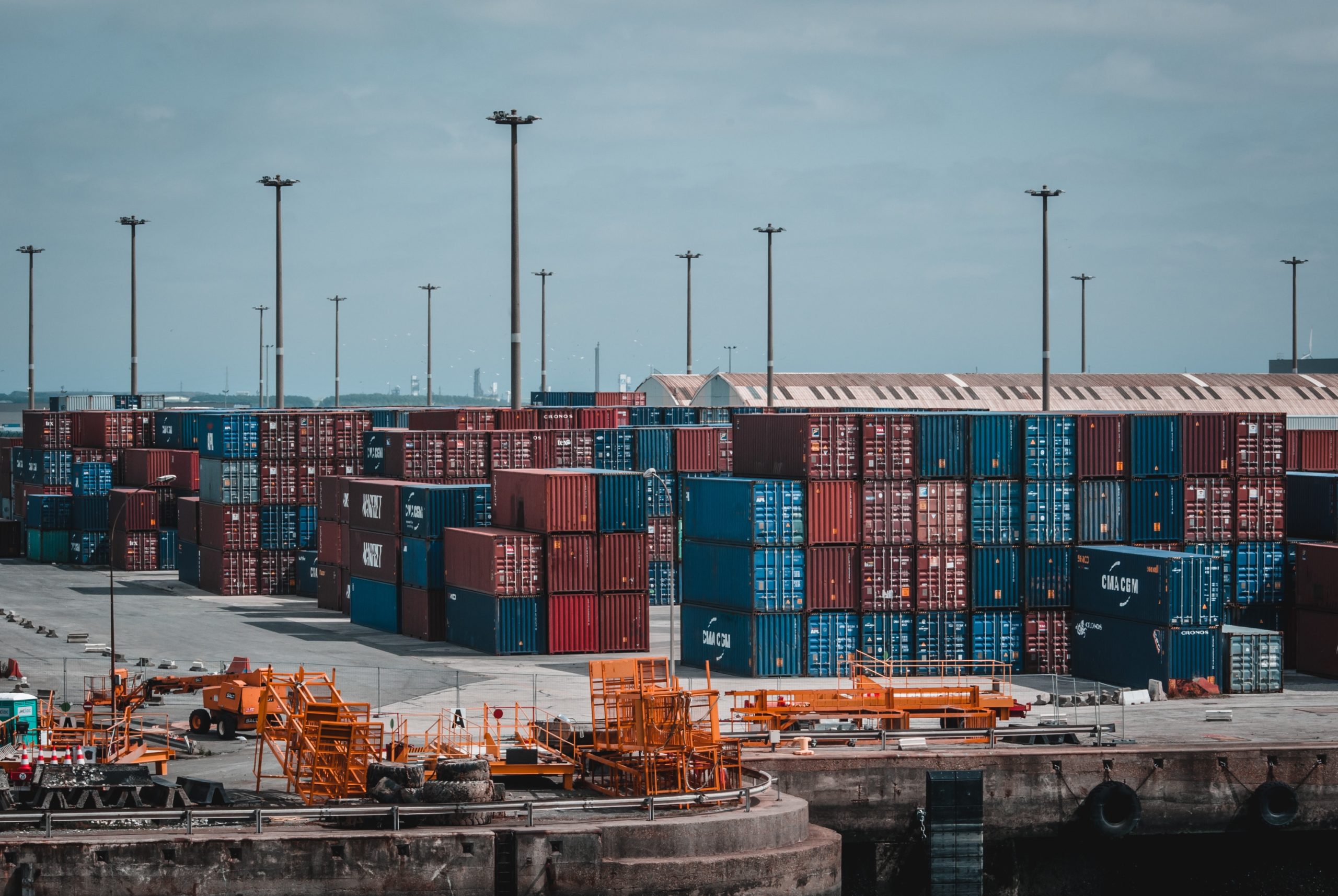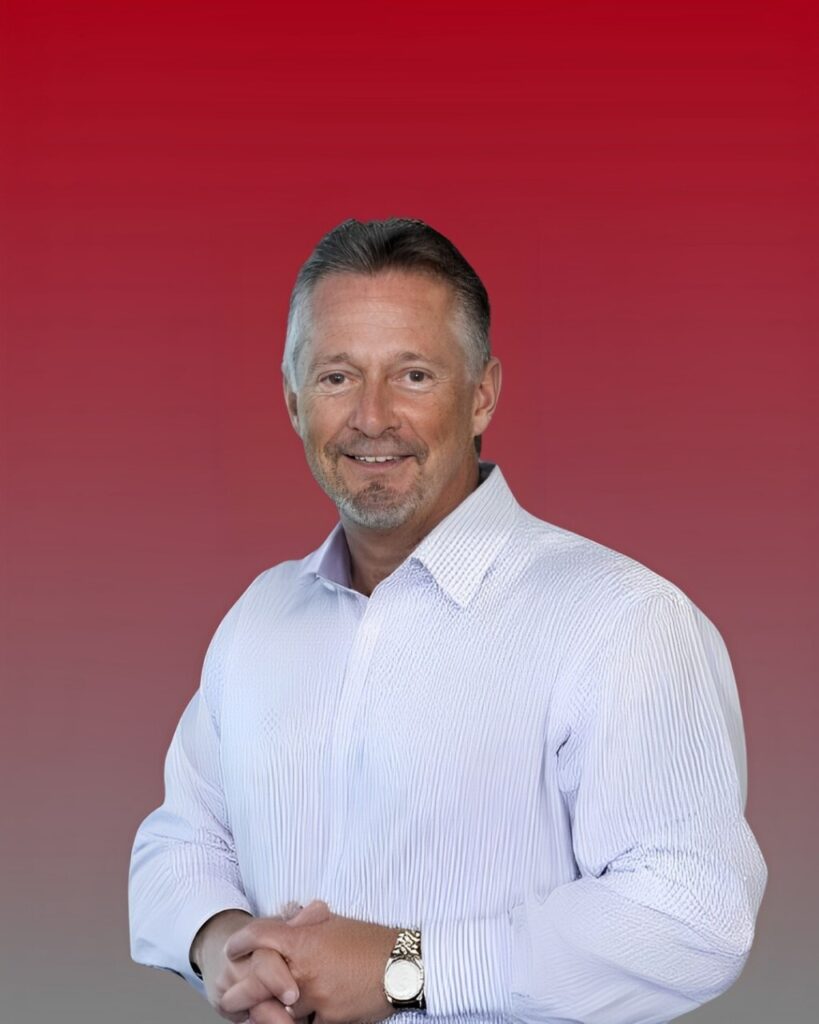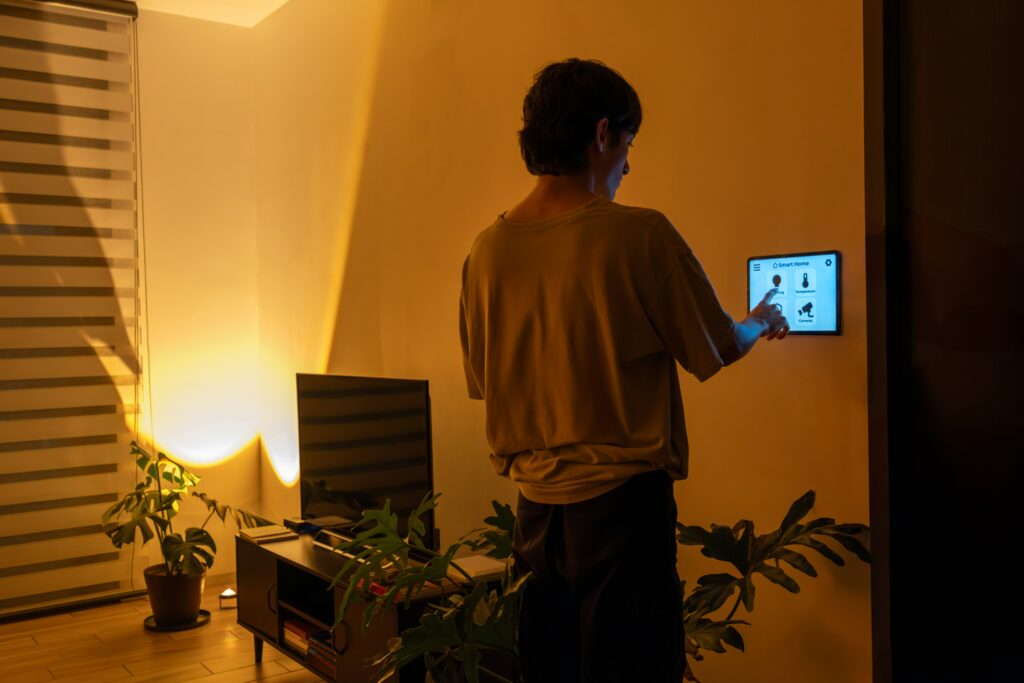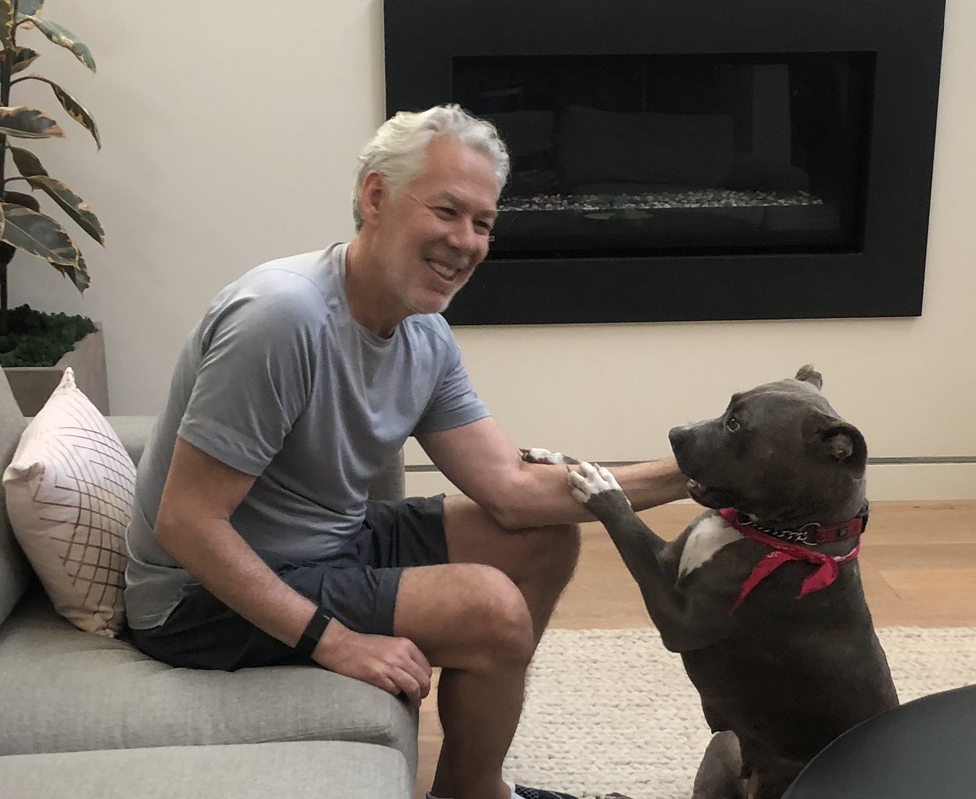The famous American basketball player and coach John Wooden once said: “Success is peace of mind, which is a direct result of self-satisfaction in knowing you made the effort to become the best of which you are capable.” While he might be referring to a personal sense of peace of mind and tranquility, advancements made in the IoT industry are now offering businesses greater peace of mind than ever before. This has allowed businesses to focus on what is really important, achieving greater success.
One example of this is rfxcel, the leader in Track and Trace Solutions for the pharmaceutical market, which has released rfxcel’s Environmental Monitoring (rEM) solution, which, through the use of Internet of Things (IoT) technologies, gathers real-time data to help streamline your supply chain, improve delivery and address compliance requirements by remotely monitoring your critical assets.
According to the company’s website, you will “never wonder again about the status of your products or if they are being treated according to product safety regulations.” To get a better understanding of how this service works and how it stands to give businesses greater peace of mind, we spoke with
Tea Rajic, Sr. Product Manager of rfxcel.

Can you discuss the benefits of Environmental Monitoring Technology for food, pharma, cosmetics, art, and luxury goods?
The uses for
The ability to tie a product in real-time, from the point of its creation (via the serial number and lot level data), means that industries can track and recall products more efficiently. In the instance of Food/Beverage or Pharmaceuticals, having visibility into this data could provide you with the intelligence you need to head off contaminated products before they are ever introduced to the marketplace – saving time, money, and lives. Lot level “unique ID” tracking is the only way to fully track both up and down the supply chain any potential issues with production quality or negative environmental contamination.
Are there case studies of past events when this type of technology could have saved or prevented accidents or a mistake?
Absolutely. Several events come to mind including but not limited to the 1982 Chicago Tylenol drug tampering circumstance, the 2013 Foster Farm salmonella contaminated chicken outbreak, Chipotle’s 2015 E. Coli episode and most recently the 2018 romaine lettuce recall that resulted in literally the removal of all romaine lettuce off of store shelves. Food recalls have increased 10% since 2013 with meat and poultry soaring 67% according to a recent report published at Bloomberg. The technology exists today to trace contamination of drugs, foods etc. all the way back to the raw materials being used including visibility to flawed manufacturing and production processes that resulted in serious quality control problems. One study showed that oysters harvested on the east coast often times are handed off to 4 or 5 different shipment companies before they arrive at a west coast restaurants thus allowing for potential of temperature and environmental thresholds standards being violated.
Do you have a case study of a company or instance where
During one of our pilot programs with a large pharmaceutical
How do you forsee
The rfxcel platform will continue to integrate all global tracking devices, remaining completely network agnostic while allowing the end user the ability to set and change sensor thresholds at will through smartphone applications.
In order to further leverage, it’s first in class/best in class serialization/real-time monitoring solution, rfxcel will continue to develop and focus its efforts around integration between cellular, satellite
There are many
Power efficiencies of all tracking devices will also continue to dramatically improve thus potentially allowing a single tracking device to stay in the supply chain transmitting data for a much greater extended period of time.
Disclosure: This article includes a client of an Espacio portfolio company












